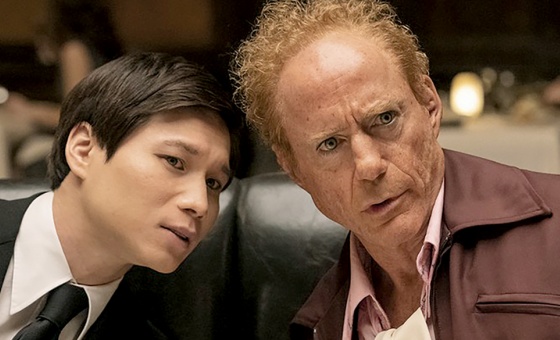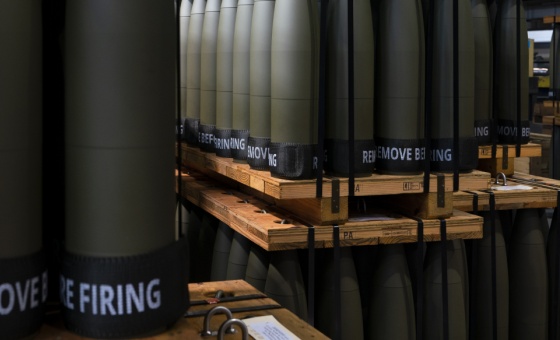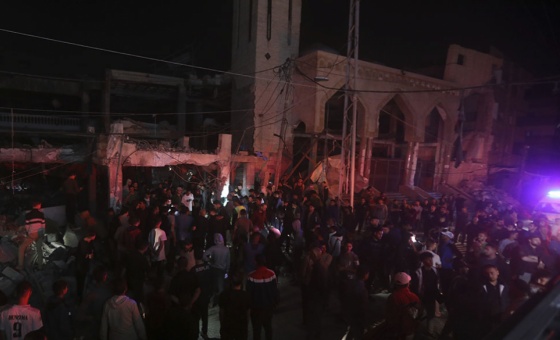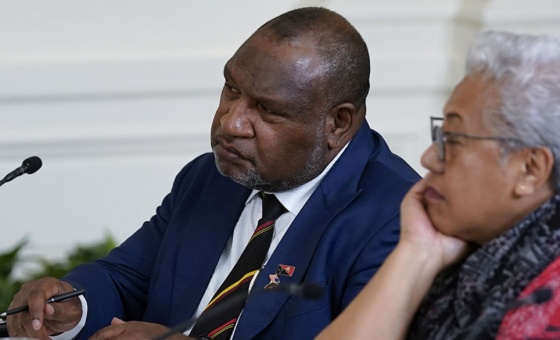This is the last article you can read this month
You can read more article this month
You can read more articles this month
Sorry your limit is up for this month
Reset on:
Please help support the Morning Star by subscribing here
IN my grammar school history lessons 60 years ago I learnt about kings and queens and how Britain had bought civilisation to various parts of the globe that coincidentally always had valuable commodities that would make British companies rich.
We also learnt about the many wars and battles where Britain gave Johnny Foreigner a bloody nose. Michael Gove would have loved it even more that snorting coke.
What we didn’t ever hear about was Peterloo. Researching this article I was amazed to discover that Peterloo still isn’t even mentioned in the national curriculum.
So let’s take a look at what Peterloo was all about, when it happened, why it happened, where it happened and how it forever changed the real history of our nation.
The year was 1819. Notable births that year include both Queen Victoria and her beloved Albert; socialist and artist John Ruskin and London sewer builder Joseph Bazalgette. English doctor John Bostock first describes hay fever in himself.
In London they opened what is still the capital’s poshest shopping street — Burlington Arcade. Clearly however poor they may have been in the north some folk still had plenty of money to spend.
On the throne is George III but by 1810 he is so mad that his son George takes over as Prince Regent.
The Tory prime minister is Robert Jenkinson, second Earl of Liverpool. In 1797 when he was only Lord Hawkesbury he commanded troops to attack a peaceful protest against the Militia Act at Tranent, Scotland. Twelve civilians were killed.
Home Secretary was ex-prime minister Henry Addington, 1st Viscount Sidmouth. He was best known for his reactionary crackdown on democratic reforms as home secretary from 1812 to 1822.
Third in the bloodstained unholy Tory trinity ruling Britain was Robert Stewart, 2nd Marquis of Londonderry, better known as Lord Castlereagh. He was both foreign secretary and leader of the Commons. He had put down the Irish Rebellion of 1798 — death toll between 10,000 and 30,000.
By 1819 Castlereagh was already going mad as a side effect of syphilis but that didn’t stop him playing a major part in the Peterloo Massacre and the repressive legislation that would follow it. Perhaps he saw these northern working folk as just another kind of Johnny Foreigner to be put down by the British Army.
In 1822 aged 53 the completely insane Castlereagh cut his own throat with a penknife. At the time any desperate and starving working person committing suicide would be condemned to being buried in a common grave and denied burial on consecrated ground. Hypocrisy saw Castlereagh given a grand state funeral and a spectacular tomb.
Byron summed up popular feeling:
Posterity will ne’er survey
A nobler grave than this
Here lie the bones of Castlereagh
Stop, traveller, and piss.
On our side are well over 60,000 working men, women and children. They have come from all over the north of England for a peaceful meeting to hear the best speakers demand reform in British democracy.
Today we know all about unelected Prime Ministers, we have one. Two hundred years ago things were pretty much the same. The tiny village of Old Sarum on the edge of Salisbury Plain for instance, had only eleven voters but sent two MPs to parliament. In contrast the two huge towns of Leeds and Manchester had no parliamentary representation at all.
In March 1819 leading radicals in the north formed the Manchester Patriotic Union Society to demand parliamentary reform. By the summer the group felt strong enough to call a public meeting in Manchester.
Two radical speakers agreed to address the meeting. One was Henry Hunt, the other Richard Carlile. The meeting was arranged to take place at St Peter’s Field on August 16.
Four years before Britain had defeated Napoleon at the Battle of Waterloo. The Duke of Wellington was given a quarter of a million pounds, the equivalent of £22 million today. British soldiers who had fought under him had to make their own way back to Britain and pay their own travel.
The bodies of dead British soldiers were never even buried but left to rot on the battlefield where their teeth were pulled out and brought back to Britain to make dentures.
Popular revolutions were breaking out all over the world and the British establishment was terrified. They had seen revolutions in America, France, Haiti and Serbia as well as The United Irishmen’s Rebellion and the Latin American wars of independence. Greece too was on the edge of revolution.
At home Luddites had broken textile machinery in mills across the country protesting against the use of machinery in a “fraudulent and deceitful manner” to get around normal labour practices.
Other attempts at nationwide protests were met with harsh punishment. A peaceful march to London by unemployed Lancashire weavers in March 1817 had been broken up by troops.
The idea of a huge meeting in Manchester demanding parliamentary reform sent shivers of fear through not just high ministers of state, but the entire ruling class.
Those organising the meeting had ordered no sticks nor weapons of any description. Women played an important part in the protest. One group of 6,000 people had marched the 16 miles from Rochdale, “at our head were a hundred or two of women, mostly young wives. A hundred of our handsomest girls, sweethearts to the lads, danced to the music.” Hardly a violent revolution.
Terrified local magistrates knew what the government wanted. They brought in 600 mounted cavalry, a detachment of the Royal Horse Artillery, 120 Yeomanry and 400 special constables. They also had two six-pounder guns.
The main speakers started about 1.20pm and by 1.30pm the magistrates had concluded that “the town was in great danger.” They ordered main speaker Henry Hunt and the other leaders be arrested.
As the yeomanry moved in members of the crowd began to link arms to protect the speakers. The soldiers drew their sabres and slashed their way through the crowd.
When they reached the platform they arrested not just the speakers but also the newspaper reporters observing the event.
Overenthusiastic but totally untrained special constables went wild attacking the crowd. This behaviour would be repeated throughout history – Derry’s Bloody Sunday, Kent State University in the US in 1970 and The Battle of Orgreave during the 1984 miners’ strike are just some examples of an uncontrolled militia attacking unarmed crowds with fatal results.
When it was all over up to 20 people including a woman and her young child were dead or would die from their injuries. Almost a thousand, a quarter of them female, were badly injured.
This was a time before A&E departments or ambulances. Most of the injured would have dragged themselves, or been carried, home to get treated in secret. Some injured were refused hospital treatment.
A journalist from the radical Manchester Observer was arrested and found guilty of producing a seditious publication. He was sentenced to 12 months in prison and fined £100. Police raids forced the paper to close in 1820.
Henry Hunt and eight others were tried for sedition at York. Hunt got 30 months jail, others between one and two years.
A civil case on behalf of a weaver wounded at Peterloo was brought against four members of the Manchester Yeomanry. All were acquitted. The court ruled their actions had been justified to disperse an illegal gathering.
Two hundred years after the massacre it is surely time for it to take its long deserved place in the story of our nation with a serious monument and a prominent place in the history we teach our children.











